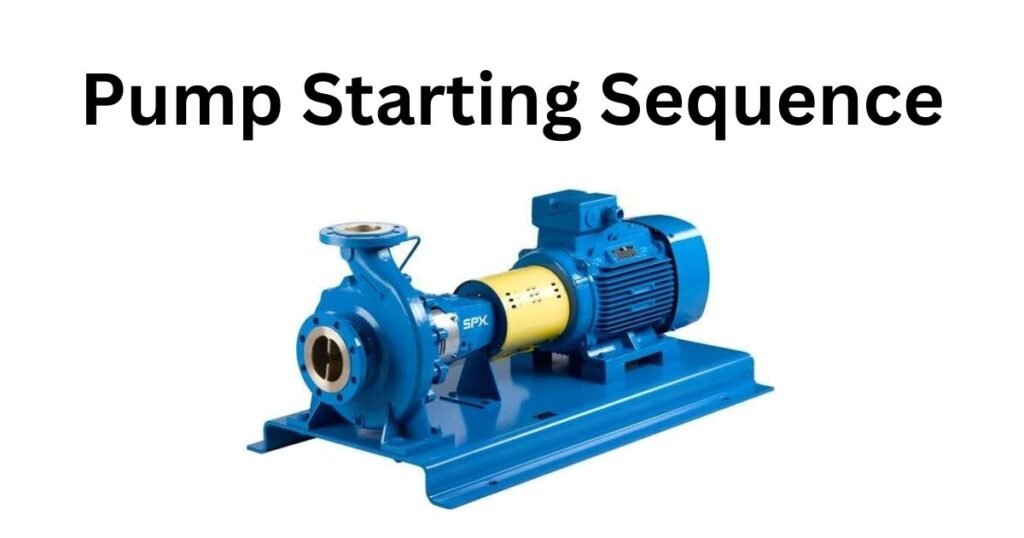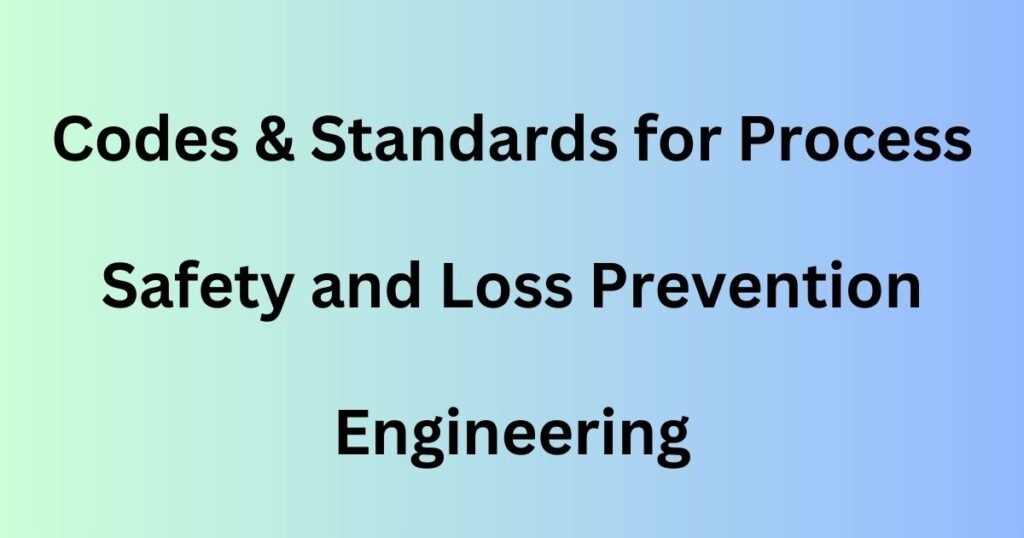Pump Starting Sequence as per NFPA 20
The National Fire Protection Association (NFPA 20: Standard for the Installation of Stationary Pumps for Fire Protection) provides specific guidelines for the starting sequence of fire pumps. The sequence ensures reliability, redundancy, and proper operation in case of a fire emergency.
1. Normal Condition (Standby Mode)
- The fire pump is not running but is ready for automatic activation.
- The controller is energized and monitoring pressure conditions.
- The jockey pump maintains system pressure.
2. Pressure Drop Detection (Trigger for Pump Start)
- A fire event or system activation causes water flow, reducing pressure in the system.
- When system pressure drops below the jockey pump cut-in pressure, the jockey pump starts to restore pressure.
- If pressure continues to drop below the fire pump start pressure, the fire pump controller is activated.
3. Fire Pump Starting Sequence (NFPA 20 Guidelines)
Fire Pump System Settings for Pressure Drop Activation
The fire pump system, when started by pressure drop, should be arranged as follows:
(a) The jockey pump stop point should equal the pump churn pressure plus the minimum static supply pressure.
(b) The jockey pump start point should be at least 10 psi (0.68 bar) less than the jockey pump stop point.
(c) The fire pump start point should be 5 psi (0.34 bar) less than the jockey pump start point. For multiple pumps, use 10 psi (0.68 bar) increments for each additional pump.
(d) Minimum run times should be followed, meaning the pump will continue to operate after attaining these pressures. The final pressures should not exceed the pressure rating of the system.
(e) Where the operating differential of pressure switches does not permit the above settings, the closest possible settings should be used based on test gauge observations.
4. Example of Fire Pump Settings (NFPA 20-Compliant)
System Specifications
- Pump Capacity: 1000 GPM
- Rated Pressure: 100 psi
- Pump Churn Pressure: 115 psi
- Suction Supply (City Water):
- Minimum Static Pressure: 50 psi
- Maximum Static Pressure: 60 psi
Calculated Pressure Settings
| Setting | Calculation | Final Pressure |
|---|---|---|
| Jockey Pump Stop | Churn Pressure + Minimum Static | 165 psi (115 + 50) |
| Jockey Pump Start | Jockey Stop – 10 psi | 155 psi (165 – 10) |
| Fire Pump Start | Jockey Start – 5 psi | 150 psi (155 – 5) |
| Fire Pump Stop | Churn Pressure + Minimum Static | 165 psi (115 + 50) |
| Fire Pump Maximum Churn | Churn Pressure + Maximum Static | 175 psi (115 + 60) |
These settings ensure proper operation while preventing over-pressurization of the system.
5. Backup Start (if Primary Pump Fails)
- If the primary pump fails to start, a secondary pump (if installed) is activated.
- If the electric pump fails and a diesel backup pump is available, the diesel pump starts.
- The automatic transfer switch (ATS) shifts to the emergency power source if the primary power fails.
6. Manual Start Option
- NFPA 20 requires a manual start option at the pump controller.
- This ensures the pump can be started even if automatic controls fail.
7. Pump Stop Procedure
- The fire pump should only be stopped manually after confirming no further fire demand.
- The controller should be reset for the next activation.
8. Key NFPA 20 Guidelines on Pump Start-Up





These guidelines ensure that the fire pump system operates efficiently and reliably during an emergency, in full compliance with NFPA 20.
Would you like me to include additional details on pump controllers or testing procedures?


